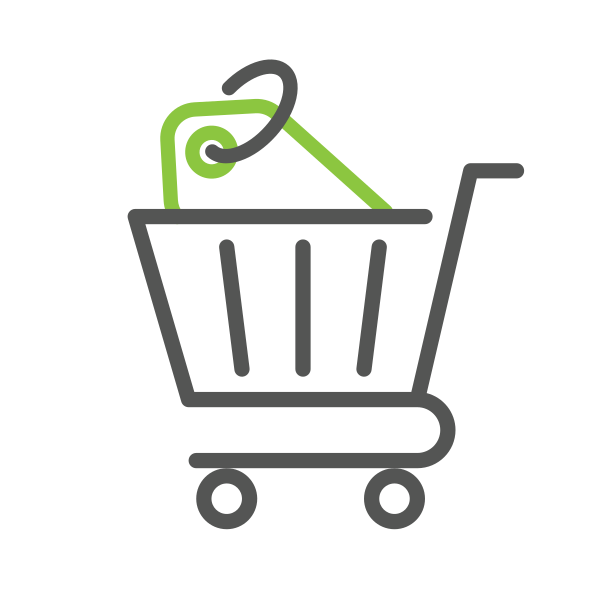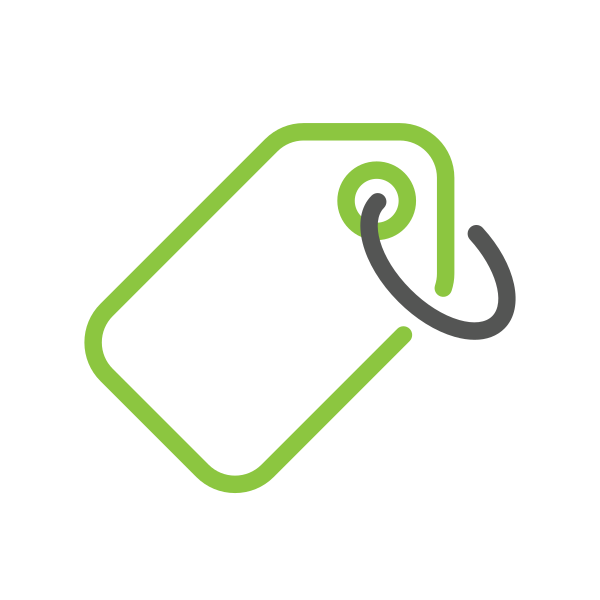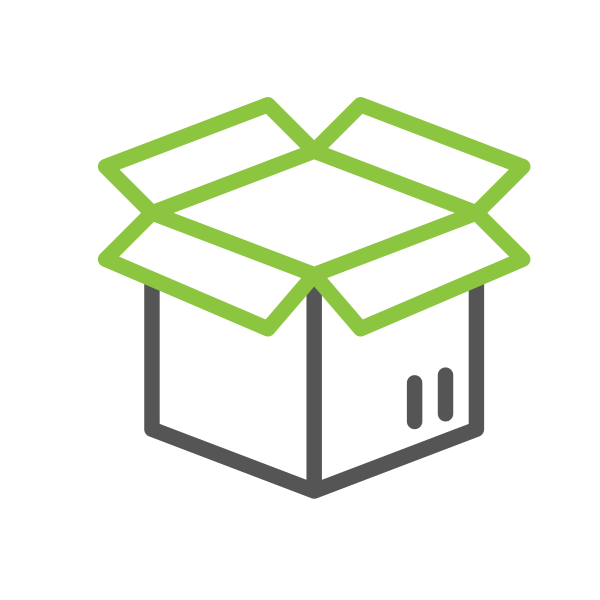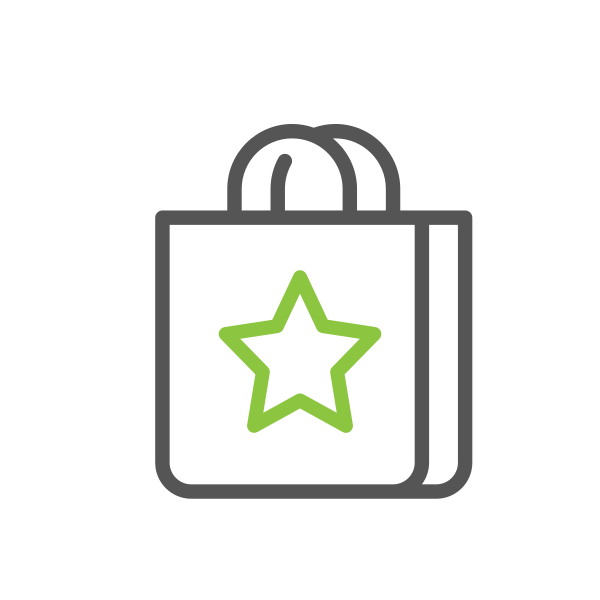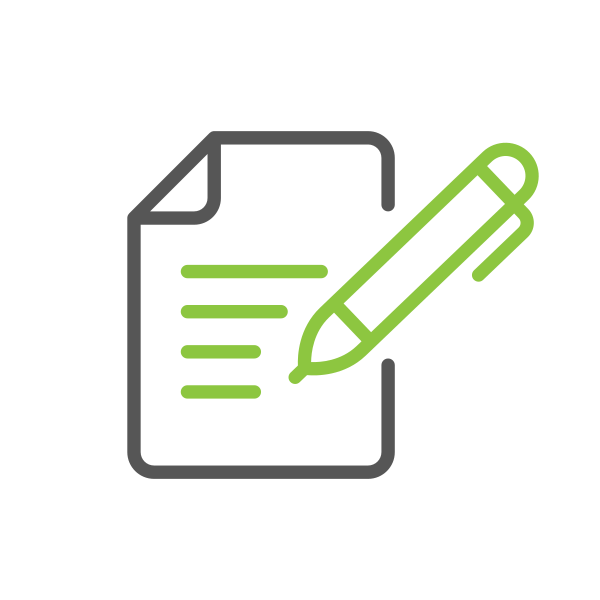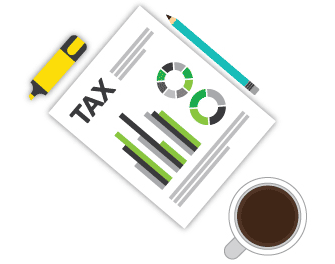DIY Tax Filing Is
Good Business
It’s that time of year when Canadians are starting to gather their receipts and slips in order to file their 2015 tax returns. But there’s a shift happening. In today’s economic climate and a more prevalent digital landscape, many Canadian individuals and businesses are looking to keep more money in their pockets by considering the benefits of DIY tax filing.
Let’s discuss some of the positives behind preparing and filing your own taxes online.
Money, Money, Money
While hiring a tax professional to handle your returns might seem like the path of least resistance, their services certainly don’t come cheap. With a little patience, some elbow grease and the right software – you could become your own tax professional. We’re guessing you don’t charge yourself as much.
It’s Business and It’s Personal
Who knows your finances better than you? When you prepare and file your own taxes, you have your own best interests at heart, which makes you more likely to check, double check, triple check your numbers and give it all you’ve got.
Know Your Numbers
DIY online tax filing requires in-depth analysis, making it a great way to not only improve your tax knowledge, but increase your understanding of your finances and how year-round decisions can impact your tax return.
Accurate Filing
The calculations are done for you when you file using a tax preparation software. Following the steps on the screen will help to ensure an accurate tax return. DIY filing also allows you the freedom to file at your own pace and schedule.
Time Is Money
If the Canadian Revenue Agency owes you a refund after e-filing, you can expect your money in as few as 8 business days. Less time, more money. That’s a good equation.
From A Business Perspective
Today, more than ever, it’s important for Canadian businesses to take advantage of every tax deduction and credit at their disposal in order to maximize returns. Software programs like Turbo Tax have versions designed specifically to help businesses get the most out of their tax filings by:
- Assisting with business deduction claims, such as home office space, travel expenses, and vehicle expenses
- Importing data directly from QuickBooks
- Analyzing your business to help find and claim hidden deductions common to your industry
- Importing data from QuickBooks, Quicken, and other accounting software
- Guiding you along with the exclusive Business Expert Interview
- Maximizing all self-employment deductions
On An Individual Note
For personal tax filings, the Canadian Revenue Agency (CRA) provides a full list of tax breaks, allowing you to get the most out of 2015. Here are some helpful tips to consider:
- Remember to report your pension and RRSP contributions to lower your overall taxable income for year.
- Do you have young children? To ensure maximum benefits, have the lower income spouse claim the childcare expenses. And don’t forget to claim extra-curricular activities. Families may be able to qualify for a non-refundable tax credit of up to $75 per child for eligible expenses like an after-school class or workshop. There is a similar tax credit available for physical activities.
- First-time homebuyers can claim $5,000 on the purchase of a new home and save up to $750 in tax expenditures.
- Medical expenses can be transferred from dependents to caregivers along with extended medical credits for children over 18.
- Report student loans because they are tax deductible. Still in school? Students can claim tuition and textbooks.
Up-To-The-Minute Software For Ahead Of The Curve Filing
As one of the most sophisticated tax preparation programs on the market, Turbo Tax provides a wide lineup of customized versions to meet your filing needs, from personal taxes through to small, mid-sized or enterprise level businesses. Regardless of the level of complexity surrounding your finances, the tax preparation software will walk you through several tax saving opportunities to help you optimize your tax return and invest in a strong 2016.

